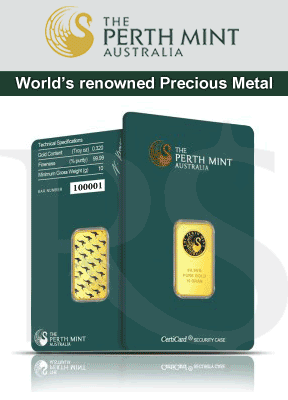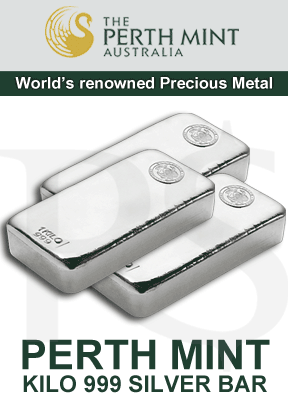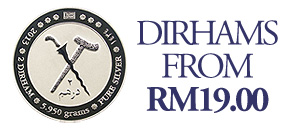How are Silver Coins Minted?
Blanking, extruding, minting, these may be jargons to many of us, yet they are common terms in metal work industry. Silver, a precious metal, is soft and easier to work on, compared to the other industrial metal. When you are holding your American Eagles or Canadian Maples, all of them went through similar processes. Let us explore what are the steps involves in minting silver coins.
1. Melt
Coins’ life journey began underground, where miners bring them up from the ground and minting factories bring them in as ores. Another major source of silver today is from recycled sources, such as old picture/x-ray films & electronics. As you can see from the video, they used the sides of the blanked-pieces and re-melt them, resulting in almost zero-waste production.
Pure silver’s melting point is 962 °C (1763.5 °F) thus to be safe, minters heats them to over 1093°C (2000 °F). The solid silver will then melts into red hot liquid form. Then it is poured into billets, into a form or size depending on the factory’s machinery capabilities. Thus the shapes and sizes of the billets varies from one to another.
2. Extrude
From the raw billet, the extrusion machine will produces workable size and thickness for the next step. Similar to ‘plastic extrusion’, slightly heated silver are pressed using powerful hydraulic press, forcing the material into strips of the desired thickness and size. Some factories will go through another step called ‘rolling’, to get the strips into a more precise thickness, as shown in the earlier video above.
3. Blank
Blanking machine is basically a huge hammer on a wheel, ‘blanking’ the silver as the wheel turns. You can see this in the video with the operator feeding the silver strips into the machine with a huge concealed wheel behind the machine. The strips are blanked into individual coin shape and size, and its edges can be quite sharp at this stage. Some coins may comes in squares or diamond shapes, and this is where they gets its shape. Weight measurement or control can be done on the blanks.
4. Burnish / Polish
These sharp edges coins are then thrown into huge ‘washing machine like’ drums. Inside these drums contains burnishing beads, which comes in all shapes, sizes and material. In the video, they are using fine ball burnishing beads. Blanks are mixed with these beads in the drums and will be rotating and vibrating for a few hours, depending on the desired finishing. These beads can provide matt or polish/mirror finishing.
5. Strike
The magic begins here. An artisan will created the coin design and transfer them onto a steel die. These steel die must be of a hard composition to withstand stamping/striking on the silver blanks. Hydraulic press is used to press the design from the die onto coin. Thus, completing the whole process.







There's 1 Comment So Far
November 12th, 2012 at 12:16 pm
Very informative. Thanks